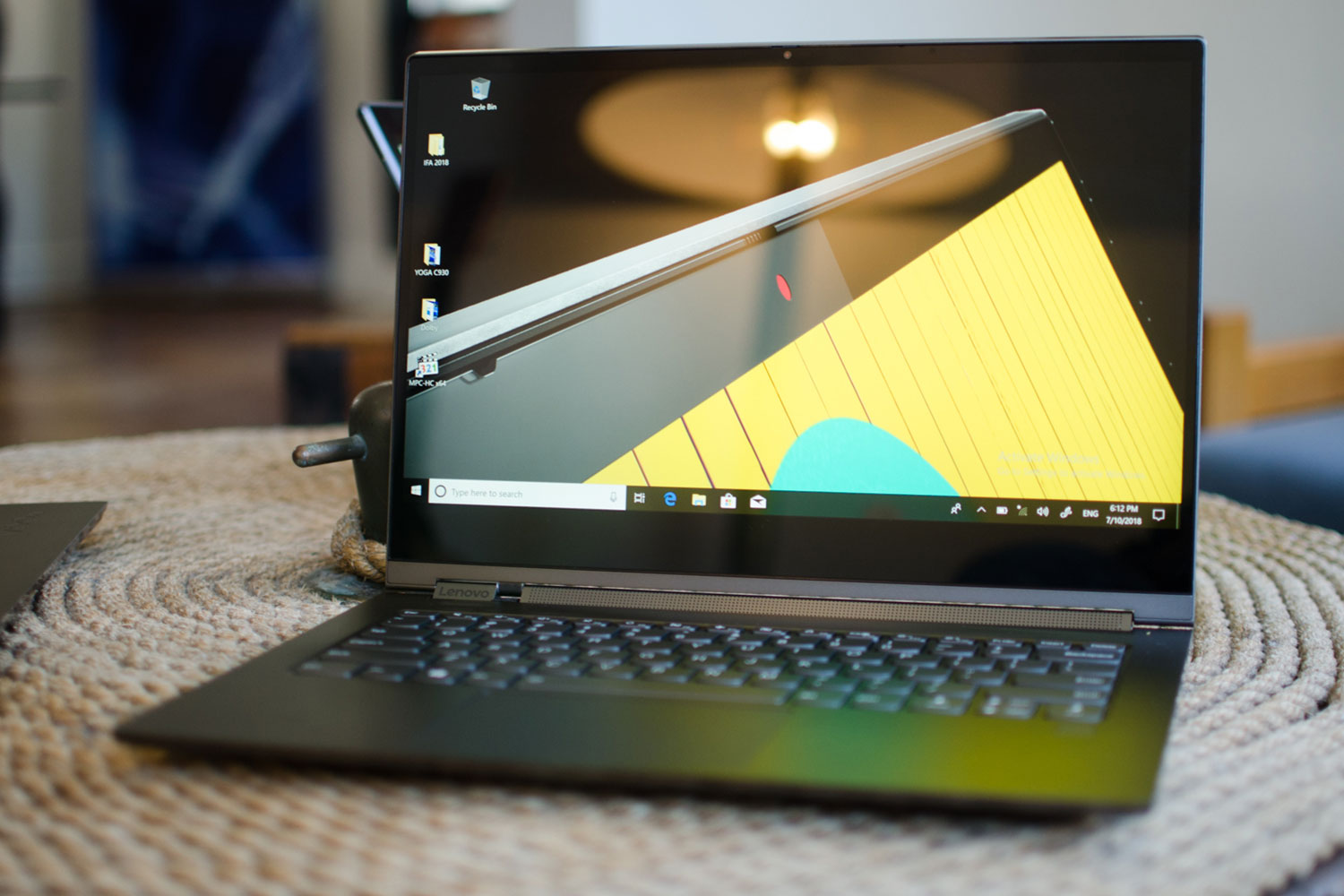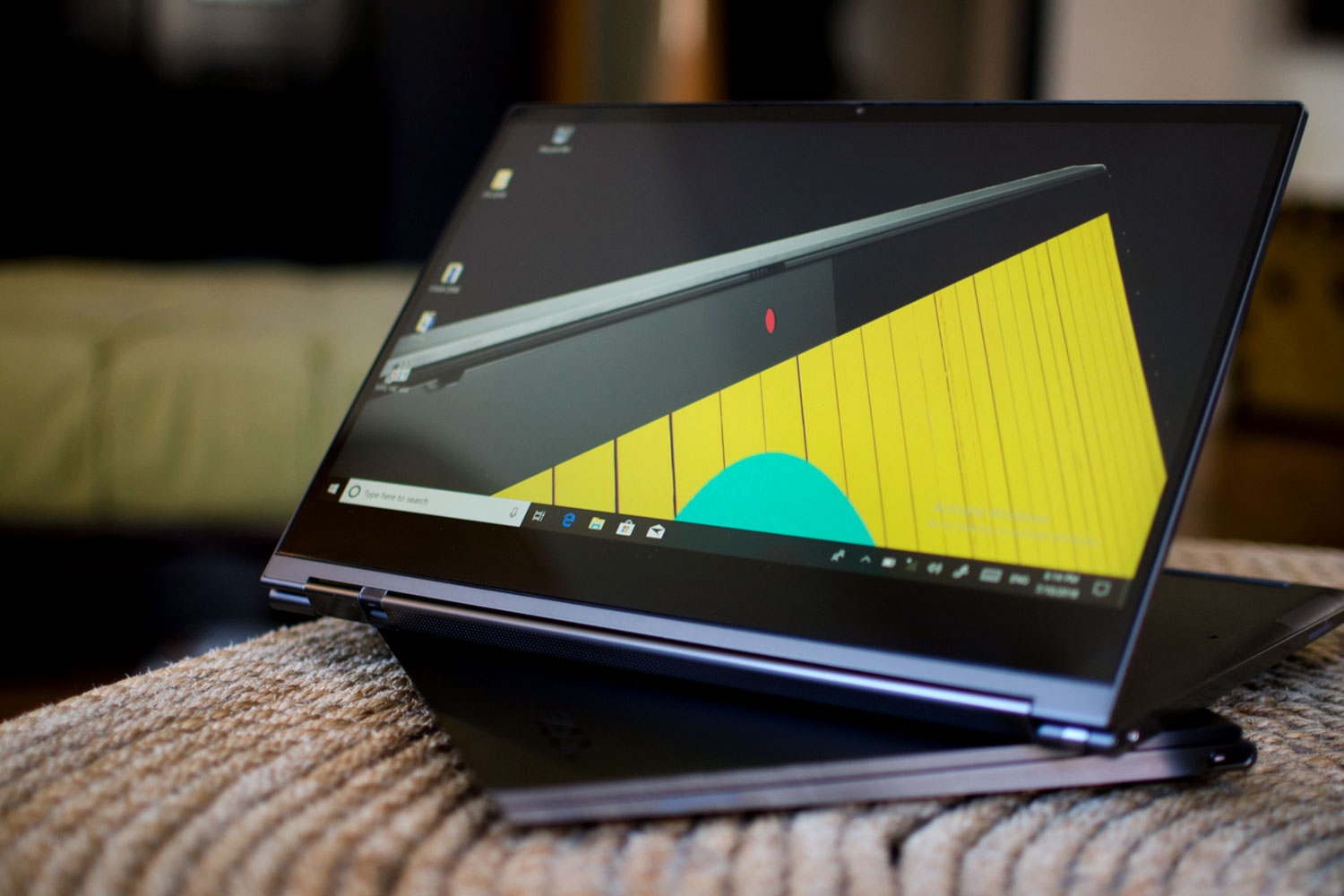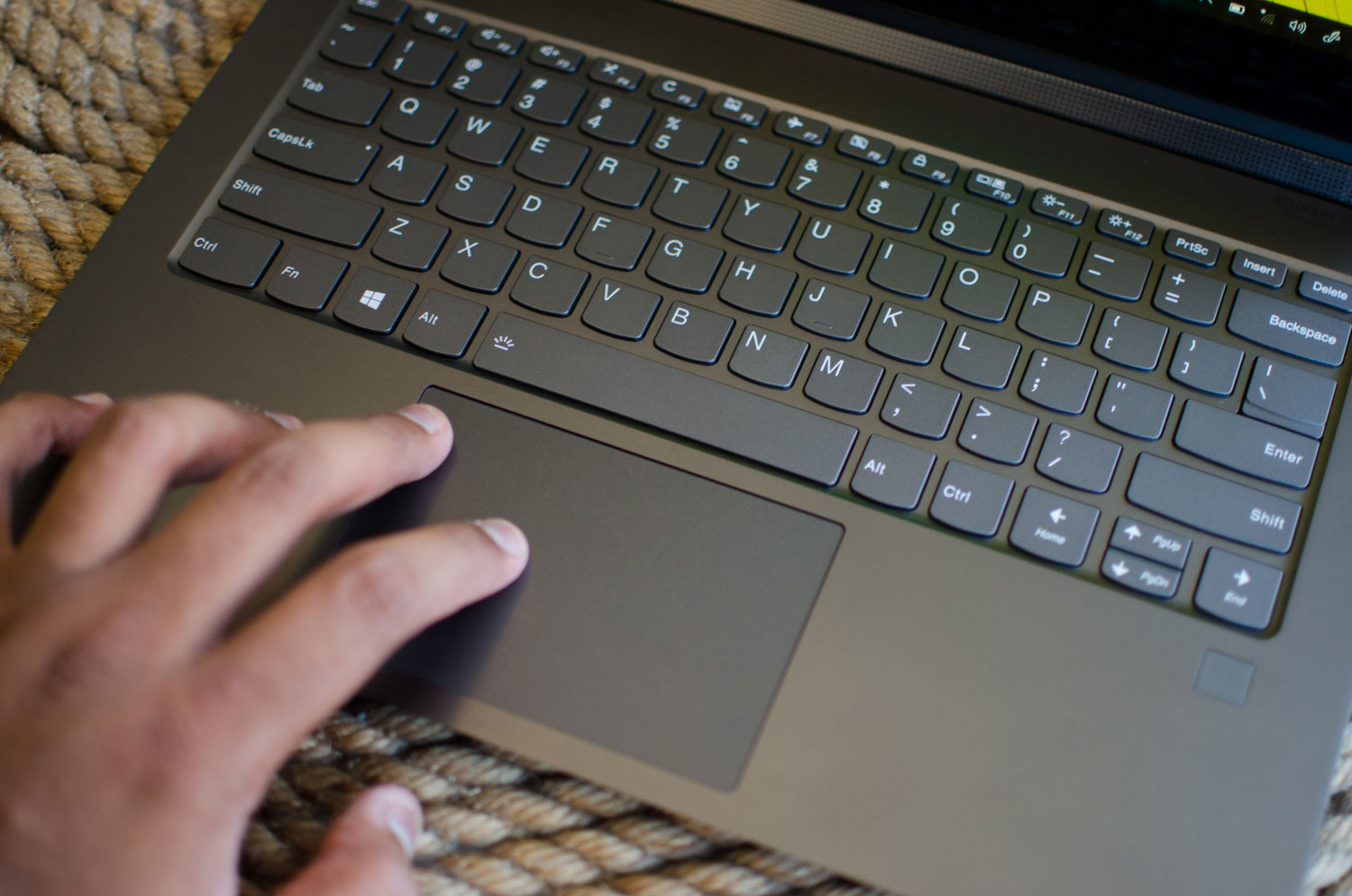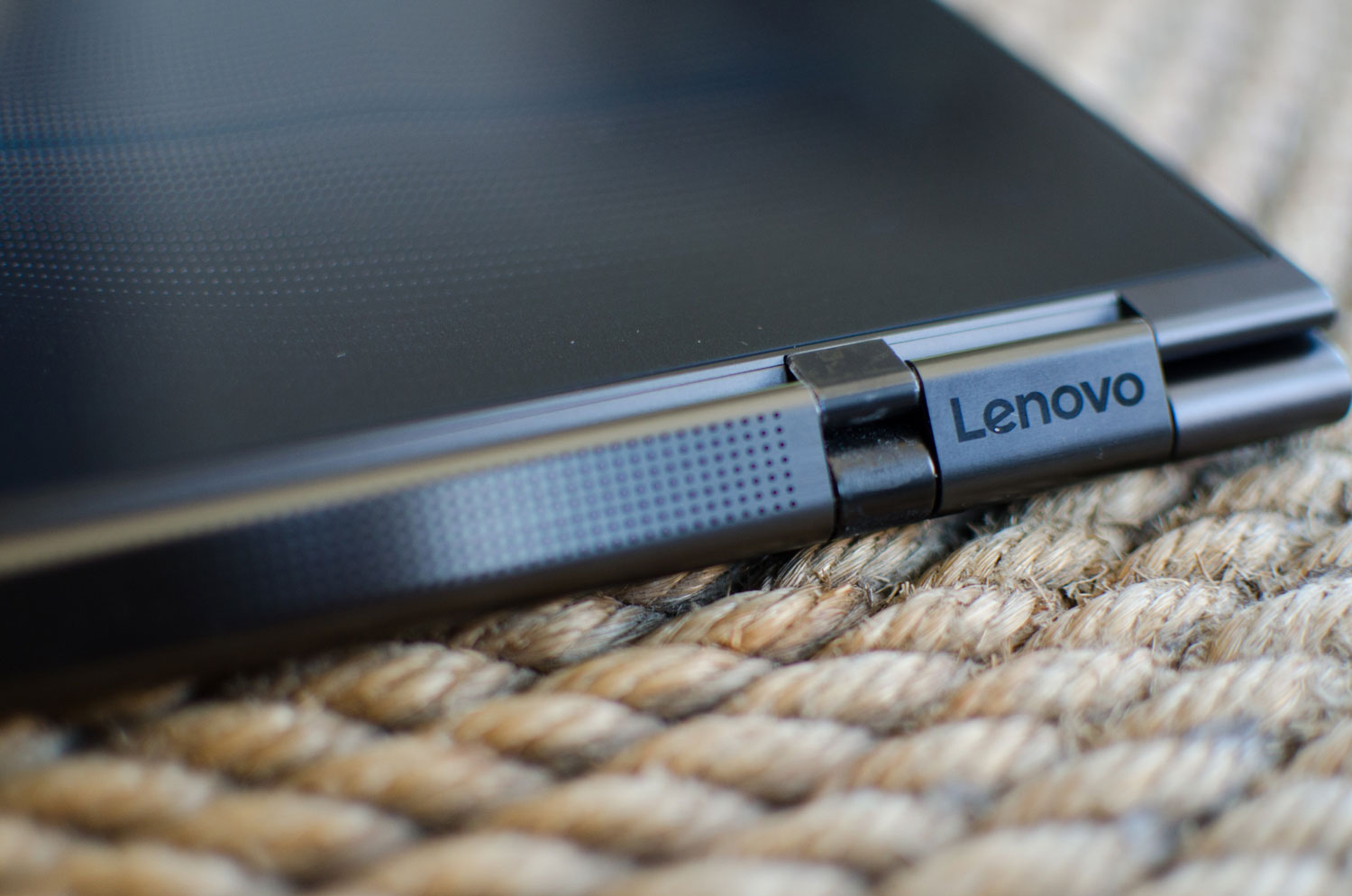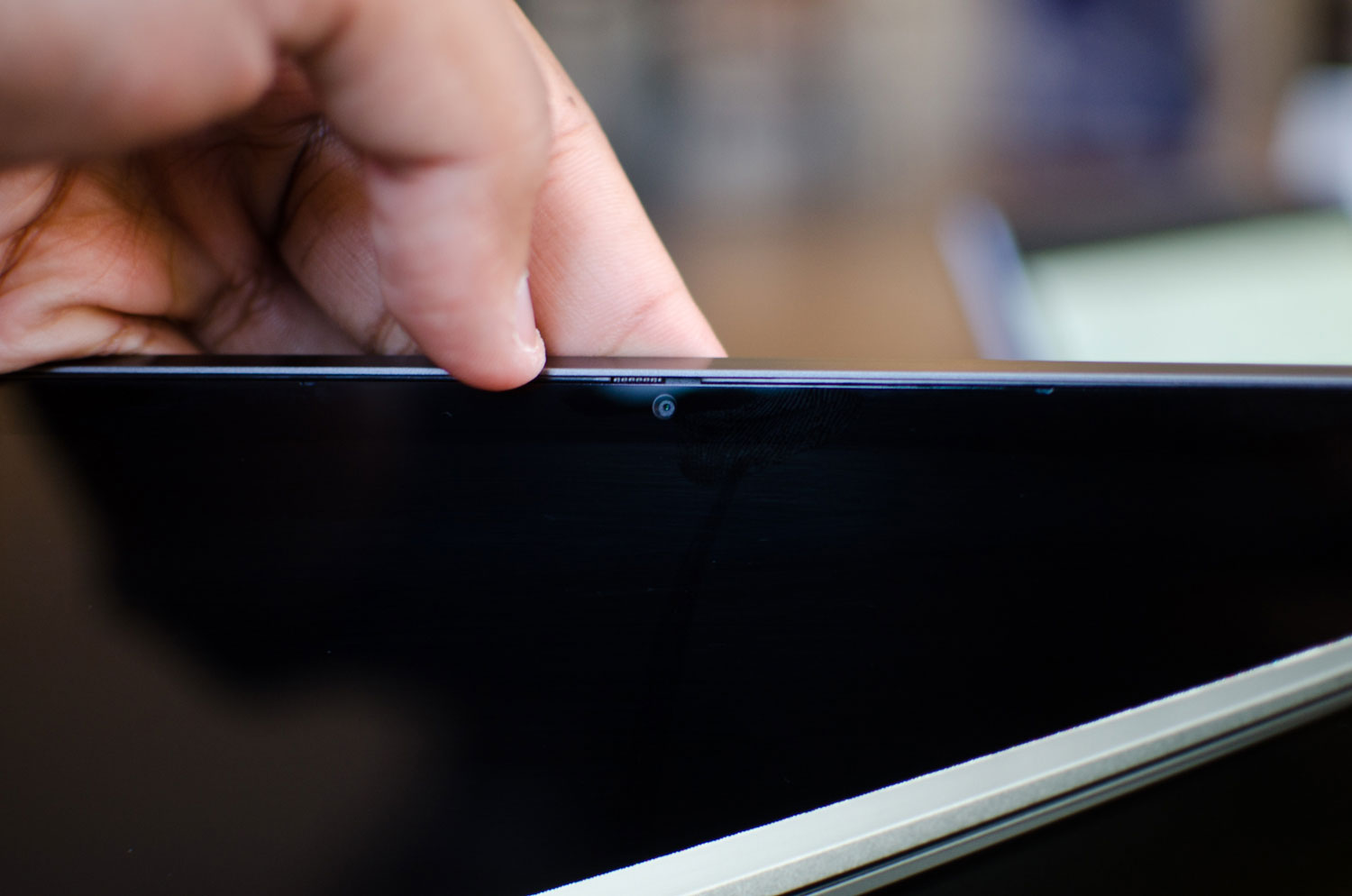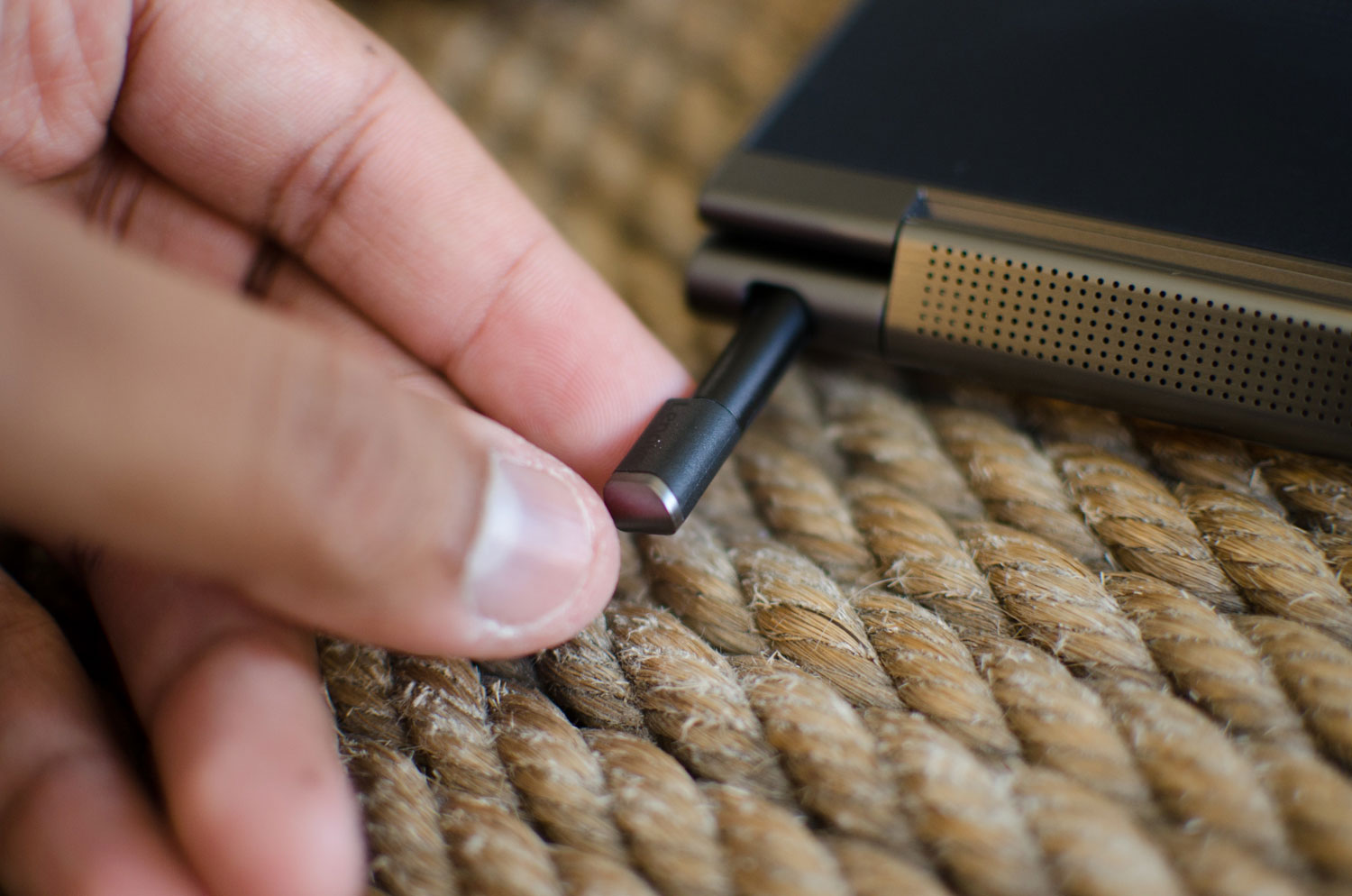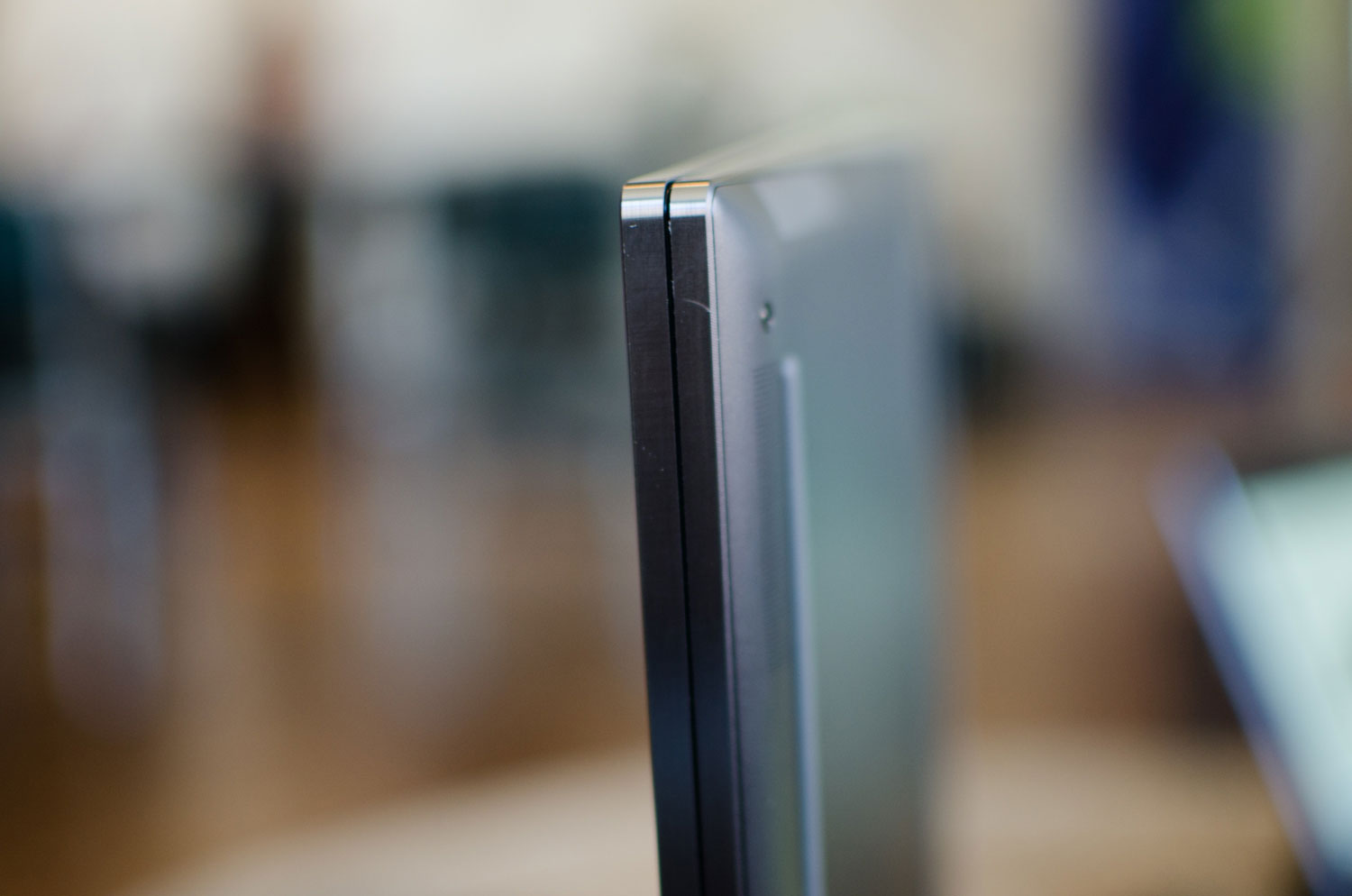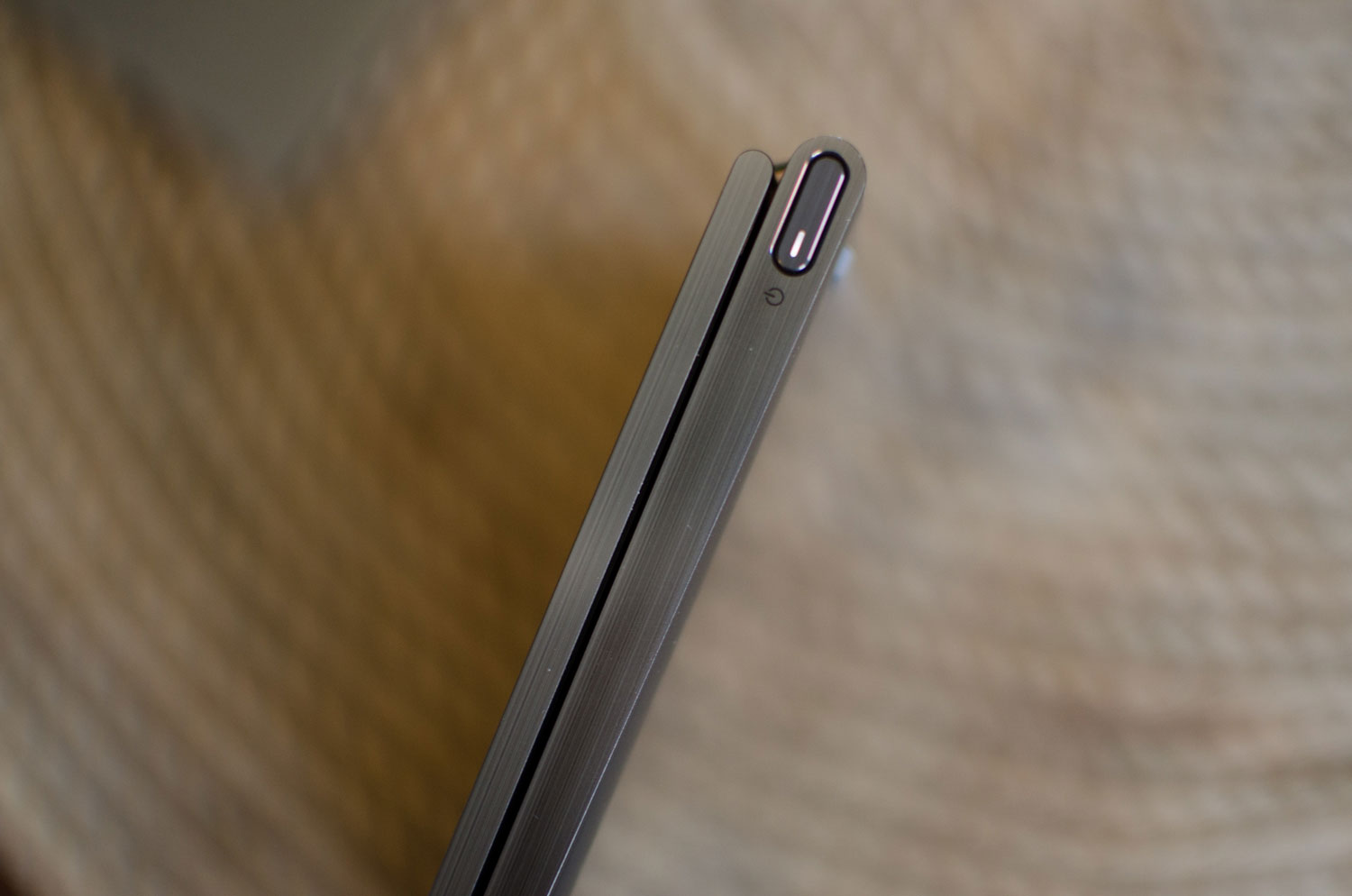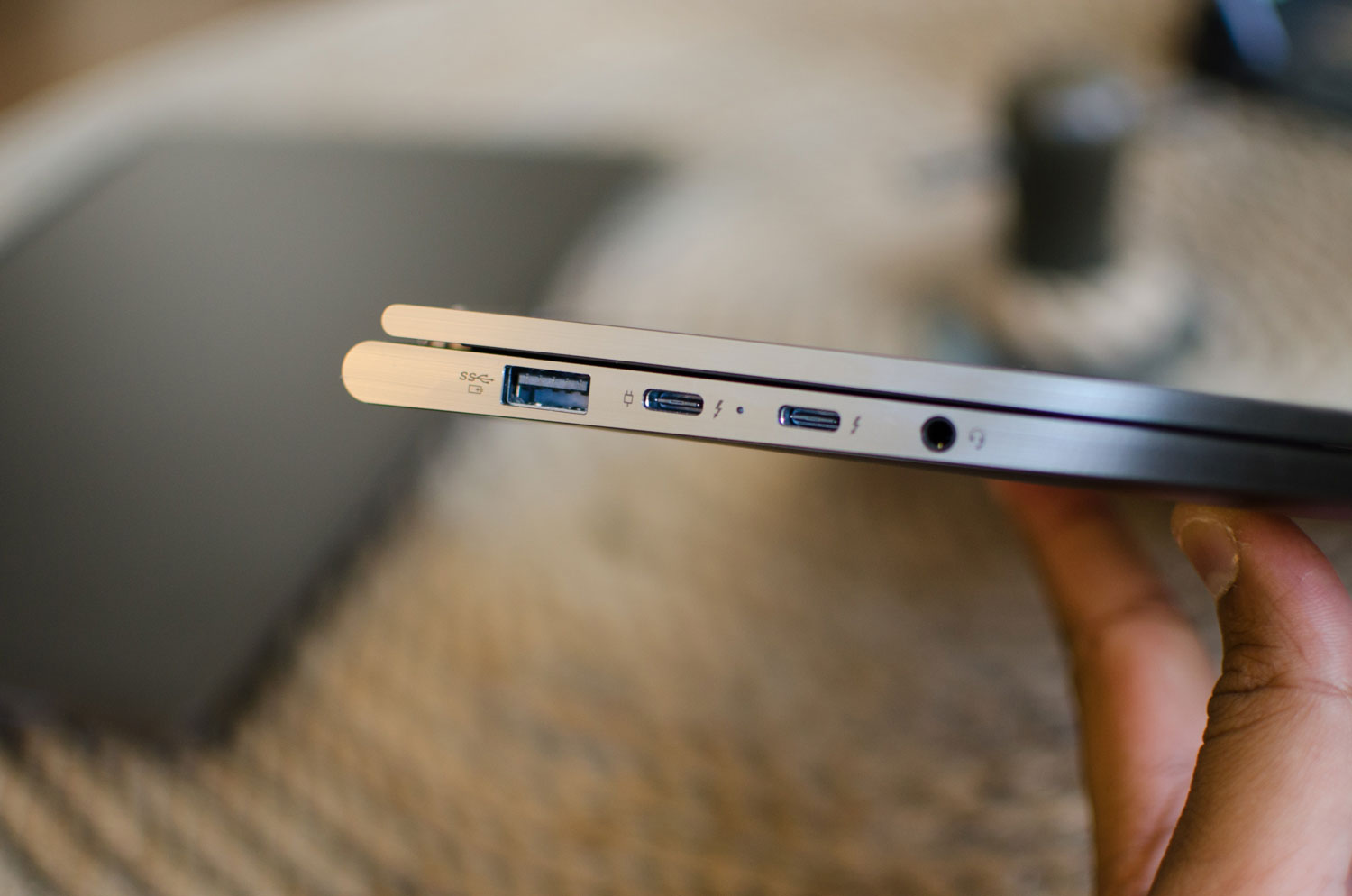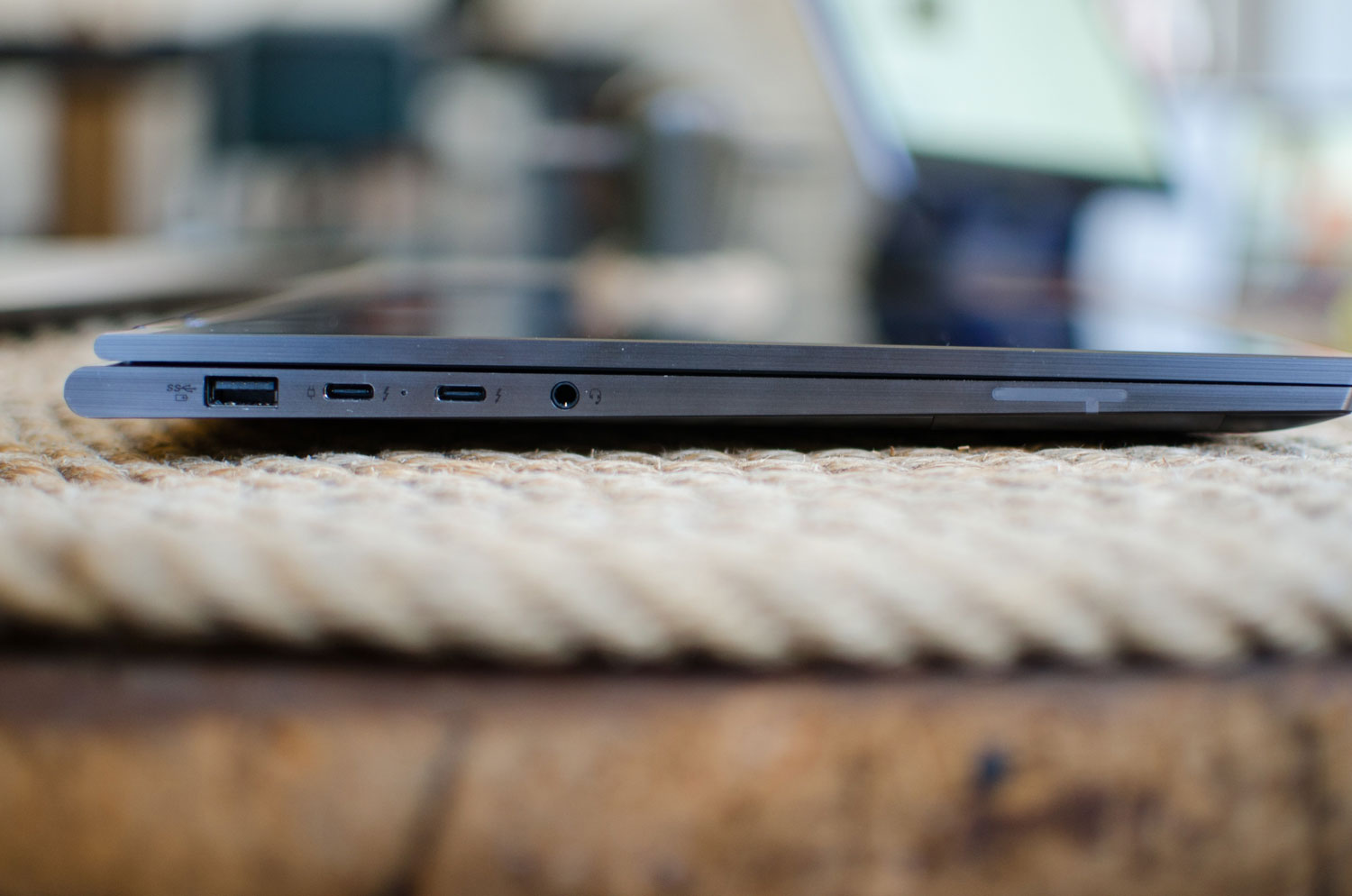Lenovo revealed at IFA 2018 that Qualcomm’s Snapdragon processor is finally arriving on the Yoga laptop. Thanks to the octa-core Snapdragon 850 processor, the Lenovo Yoga C630 Windows on Snapdragon, or WOS, is the first always-on, always connected Yoga convertible in Lenovo’s lineup. By going with a low-power ARM-based Snapdragon chipset, Lenovo claims that the Yoga C930 can deliver more than 25 hours of computing time. Lenovo also introduced a Yoga C930 and Yoga S730.
The battery life gain on the Yoga C630 WOC isn’t without compromises, and users of the system will have to live within the sandboxed environments of Microsoft’s Windows 10 S operating system. This means you won’t be able sideload apps, and your experience will be largely limited to the apps found inside the Microsoft Store. If you can live within these confines, you’ll get a sleek convertible laptop that’s just 0.49 inches thick. The device has an overall footprint of 12.08 x 8.52 inches.
Even though it may run Windows 10, the Yoga C630 WOS shares many traits with modern smartphones. Its LTE modem allows the device to download updates and emails while the laptop is in sleep mode, and the fanless design will result in a very quiet experience. The C630 WOS comes with a polished metal and soft-touch design, Lenovo said, and if you’re an artist or heavy note-taker, you can also add an optional Lenovo Active Pen. The Yoga C630 WOS will be available in November starting at $850.

If you’re after a more premium Yoga experience, Lenovo’s flagship Yoga C930 delivers with a CNC aluminum unibody design that’s 0.57-inch thick and a 360-degree convertible hinge that integrates a sleek Dolby Atmos-optimized soundbar. New this year is Dolby Vision HDR support on both the 13.9-inch 4K and the FHD display options.
Given that the Yoga C930 ships with either an Intel 8th-Gen Core i7 or Core i5 processor and not a Snapdragon CPU, battery life maxes out at 12 hours. The C930 can be configured with up to a 2TB solid-state drive and 16GB DDR4 RAM. Other features include a Windows Hello compatible fingerprint reader and active stylus support, along with a stylus bay to house the digital pen inside the laptop when it’s not being used.

Pricing for the Yoga C930 starts at $1,399 when the device becomes available in October, but if you want a less expensive premium experience, the Lenovo Yoga S730 delivers Intel’s 8th-Gen Core i5 or i7 processor configurations on a Windows 10 Home experience starting at $999. The laptop comes with a smaller 13.3-inch FHD panel and tops out with 16GB RAM and 1TB SSD. Lenovo claims that the display is 15 percent brighter compared to the last-generation Yoga S700 series. Like the more expensive flagship C930, the Yoga S730 comes with far-field microphones and wake on voice for use with a digital assistant. Other features include slim bezels on the sides and top, a new cooling system, and Dolby Atmos support. The Yoga S730 will be available in November.
